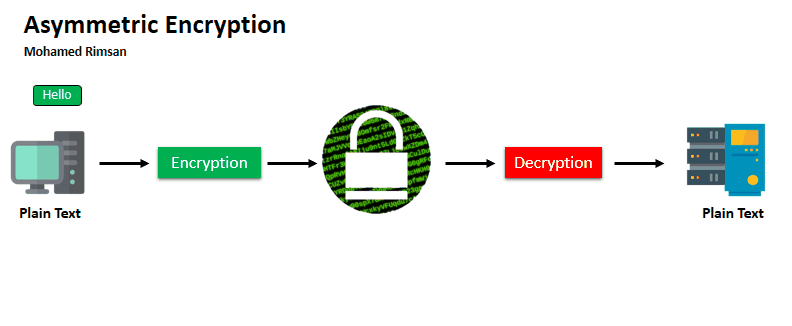
What?
Asymmetric encryption, public-key cryptography, is a cryptographic system that uses pairs of keys: public keys, which may be disseminated widely, and private keys, which are known only to the owner.
Public Key: This key is made public and can be freely distributed. It's used for encrypting messages or data.
Private Key: This key is kept secret and is used for decrypting the messages or data encrypted with the corresponding public key.
If someone wants to send you an encrypted message, they will use your public key to encrypt it. Only you, with the corresponding private key, can decrypt and read the message.
The private key can also be used to create a digital signature for a message or a piece of data.
RSA (Rivest-Shamir-Adleman): One of the earliest and widely used asymmetric encryption algorithms.
Elliptic Curve Cryptography (ECC): Offers strong security with shorter key lengths compared to RSA.
Diffie-Hellman Key Exchange: A key exchange protocol that allows two parties to establish a shared secret over an untrusted communication channel.